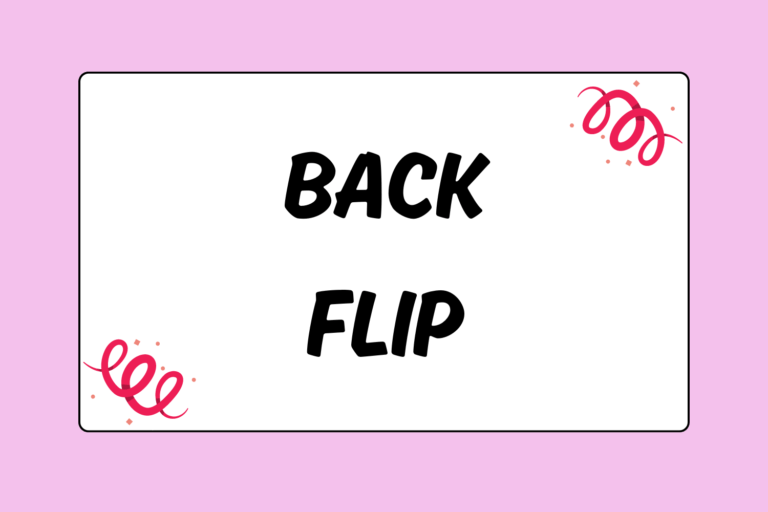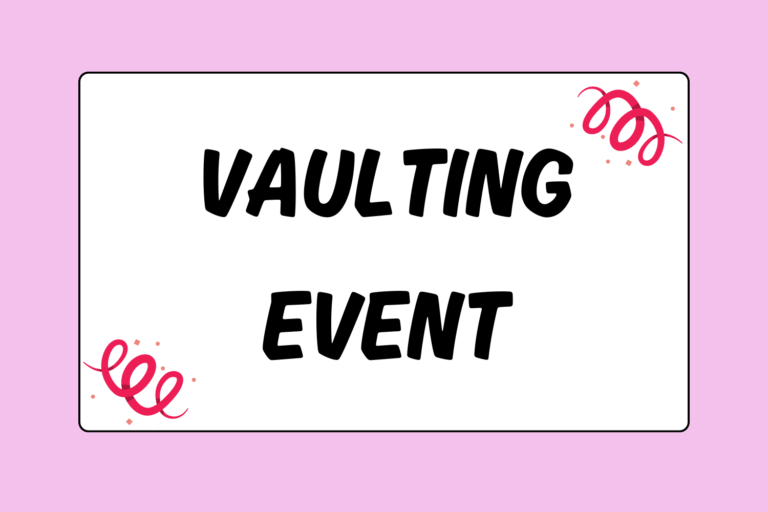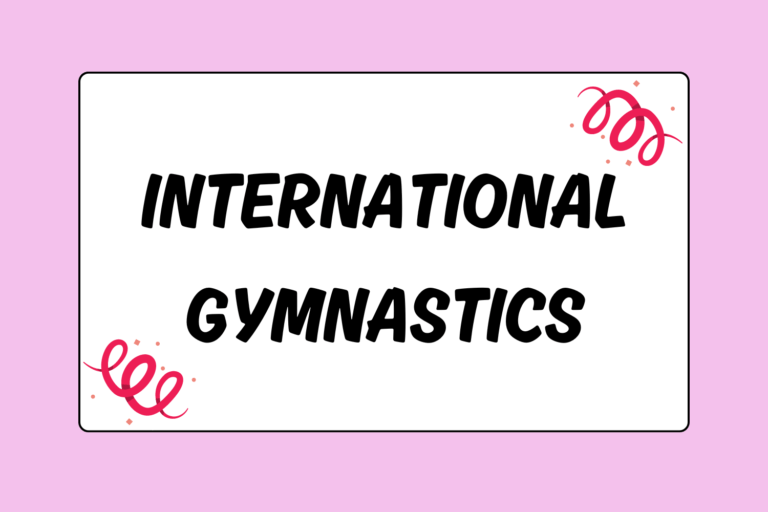The floor exercise in gymnastics can easily confuse onlookers. Spectators will often ask gymnasts if they’re supposed to run around the big mat with a ribbon, or if the floor is as bouncy as a trampoline. Ribbons aside (those are reserved for rhythmic gymnastics), the floor exercise is one of gymnastics’ most versatile events. It’s an area for impressive tumbling and high-flying flips. But it’s also an apparatus which shows off the gymnast’s personality and expression.
On a Floor Far, Far Away…
About 2000 years ago, the Greeks invented gymnastics to train their military. The early gymnasts ran, wrestled, and practiced their jumping.
As the sport evolved through the centuries and joined the Olympics, what is now the floor exercise was a place for group calisthenics. Imagine you and a group of your friends competing together for Olympic glory — outside, no less. By the early 1900s, an indoor floor space was eventually designated for this event — a step up from competing on the lawn!
Solidly Spring Loaded
Nowadays the floor exercise typically includes a carpet, a layer of foam, plywood, and springs. Standard floors are 40-feet wide by 40-feet long, with a white marking around the perimeter. Both male and female gymnasts compete on the floor exercise, which is one of the six possible events for men and one of four events for women.
Floor for the Fellas
For male gymnasts, it’s all about power. You won’t hear music or see dance in their routines. Strength moves take precedence over artistry. Even so, gymnasts can still show personality and style.
Men’s routines include:
- Multiple flips and multiple twists per tumbling pass.
- Forward and backward flips.
- Static strength moves.
- Tumbling passes down the side of the floor.
- Skills that demonstrate flexibility, such as splits and handstands.
Floor for the Ladies
Female gymnasts perform routines choreographed to music that can be up to one minute and thirty seconds long. Lyrics are not allowed for the elite athletes you see on TV, although gymnasts are permitted to use music in which vocals serve as an instrument (not singing).
When you’re watching your favorite gymnasts, look for:
- A 360-degree turn on one foot.
- Flips in both directions (forwards and backwards).
- Multiple flips, as well as multiple twists.
- A dance passage, which features leaps and jumps connected by running or dance steps.
- Choreography that utilizes the entire floor space, as well as different levels (forwards, backwards, sideways, low to the floor).
Play the Judge
For both genders, you can expect to see variations on the following skills in routines:
- Handstands, cartwheels, and round-offs
- Forward and backward handsprings
- Forward and backward flips
- Pirouettes
- Leaps and jumps
Judges watch for stuck landings at the end of each tumbling pass. If a gymnast steps over the white boundary, they automatically lose one-tenth of a point.
In some competitions, you’ll see an extra mat on the floor as the athlete lands her tumbling pass. Extra mats are permitted for softer landings, especially for a gymnast with ankle or knee problems. However, the mat needs to be marked with chalk to show the floor boundaries. If it’s not, the gymnast will lose points.
Watch the Performer and the Performance
Pay attention to the rhythm of the routine. Routines should be choreographed so that the pace is varied, mixing slower passages with fast motions and dynamic tumbling. You don’t want a routine that’s entirely low key or strictly frenetic tumbling.
Gymnastics floor music was originally performed live by a pianist who would play as the gymnast competed.
Also, watch how the gymnast interacts with the crowd and judges. The floor exercise is an opportunity for performance, and a confident gymnast will make eye contact with the audience and the judges throughout the routine. For female gymnasts, their floor music should be an expression of their personality, with the choreography matching the notes of the music.
Floored
From the Greek military days to its present spring-loaded state, the floor exercise is an eye-catching and exciting event. It matches personality and self-expression with tumbling passes that encompass the basics of gymnastics: Round-offs, handsprings, and flips. At the same time, it allows the athletes to connect with the audience and judges.





